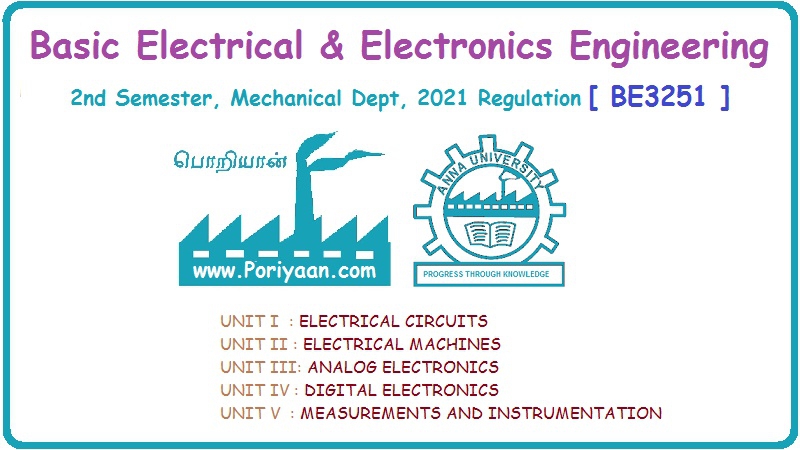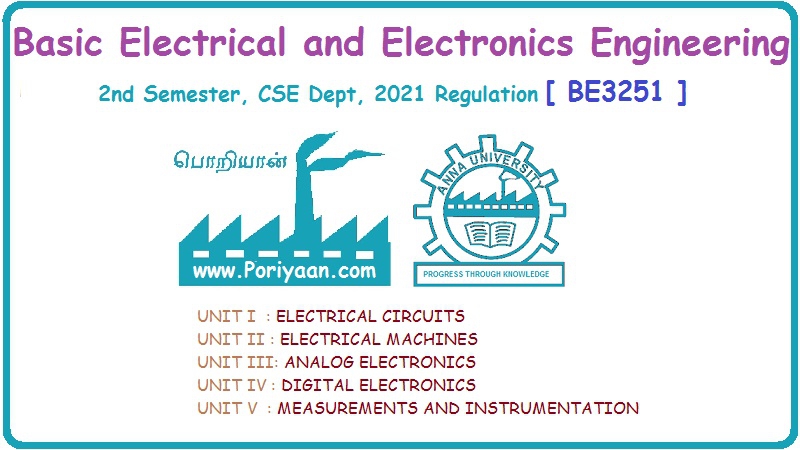Basic Electrical and Electronics Engineering: Unit III: Analog Electronics
Operation of an Bipolar Junction Transistor (BJT)
The NPN transistor biased in active mode, that is the emitter-base of a transistor is forward-biased and collector-base junction is reverse biased
OPERATION
OF AN BIPOLAR JUNCTION TRANSISTOR
The NPN transistor biased in active mode, that is the emitter-base of a transistor is forward-biased and collector-base junction is reverse biased
It is shown in fig.3.39 the emitter-base junction is forward biased only Vis greater than barrier potential which is 0.7 volts for silicon and 0.3 volts for germanium transistors. The forward bias on the emitter-base junction causes the free electrons in the N-type emitter to flow towards the base region. This creates the emitter current (IE). It may be noted that the direction of conventional current (IC) is opposite to the flow of electors. Therefore electrons, after reaching the base region as shown in fig.3.39 tend to combine with the holes. If these free electros combine with the holes in the base, they constitute base current (IB).
However, most of the free electrons do not combine with the holes in the base. Because the base width is made extremely small and electrons do not get sufficient holes for recombination. The most of the electrons will diffuse to the collector region as shown in fig.3.40 and constitutes collector current (IC). This collector current is also called injected current because this current is produced due to electrons injected from the emitter region.
Basic Electrical and Electronics Engineering: Unit III: Analog Electronics : Tag: : - Operation of an Bipolar Junction Transistor (BJT)
Related Topics
Related Subjects
Basic Electrical and Electronics Engineering
BE3251 2nd semester Mechanical Dept | 2021 Regulation | 2nd Semester Mechanical Dept 2021 Regulation
Basic Electrical and Electronics Engineering
BE3251 2nd Semester CSE Dept 2021 | Regulation | 2nd Semester CSE Dept 2021 Regulation

